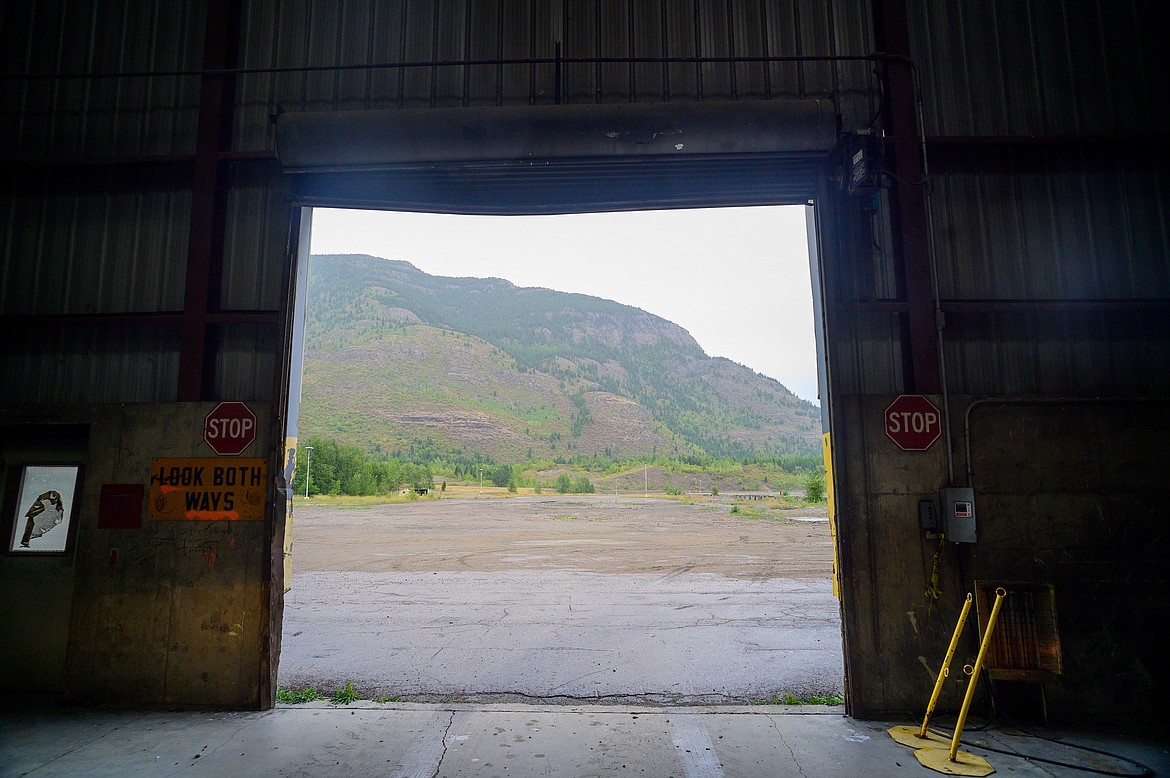CFAC risk to humans, critters, very low outside of developed area of defunct aluminum plant, study says
After an analysis of more than 2,000 environmental samples in and around the former Columbia Falls Aluminum Co. aluminum plant, the risk to humans and animals outside the developed area of the plant is less than 1 in a million, an environmental firm reported last week.
The plant site itself, however, as well as landfills to the north, will require remediation, as test wells have high levels of cyanide and fluoride, well above safe drinking water thresholds, tests have shown.
In addition, some soils at the pant site contain high levels of polycyclic aromatic hydrocarbons — a class of chemicals that occur naturally in coal, crude oil, and gasoline.
The plant, over the years, used huge amounts of coal tar pitch in the aluminum production process. Wastewater containing the pitch and other chemicals was pumped into ponds that eventually percolated into the soils near the plant.
Gary Long of EHS Support, an environmental health company, presented the results of the modeling of the risks to humans and animals at the site during a meeting of the CFAC liaison panel last week. The panel is made up of state and government officials, company representatives, and members of the public, as well as former plant workers.
The health and ecological risk assessment is just another step in eventually “cleaning up” the Superfund site. Though the term “cleaning up” is a misnomer, noted Richard Sloan, of the Montana Department of Environmental Quality.
“We’re going to remediate to the extent necessary to reduce the risk to an acceptable level,” Sloan told the panel. “It’s important to understand that.”
Long said that while the developed area has contaminants, the modeling also didn’t show any “bioaccumulation” of hazards in creatures like fish and game. He said cyanide doesn’t really bioaccumulate and neither do PAHs. They tend to get metabolized, he noted.
In other words, if a person ate a deer they shot that lived near the plant, they wouldn’t have to worry about ingesting contaminants themselves.
Having said that, there were ponds and seeps near the Flathead River that did show contamination, though the main Flathead River didn’t show contamination.
The risk assessments are in line with what previous data has shown — that there’s a plume of contamination that runs in a triangular shape from the landfills south to the Flathead River.
Mike Cirian, the project manager for the Environmental Proection Agency, said the latest studies were vetted by the EPA and they didn’t show any need for emergency actions.
The studies also dispelled a couple of concerns brought up by former employees about coal tar pitch west of the developed site and the possibility of mercury contamination from old switches that were disposed of, they say, on site.
Mike Ritorto of Roux Associates, the company doing the testing and environmental review, said no evidence was found of mercury, and coal tar and carbon wasn’t found west of the site, either.
Demolition of the plant was completed last week by CalBag Metals. Today, the site, save for five remaining buildings, looks like a giant parking lot at the base of Teakettle Mountain. The basements of the old plant have been filled in with gravel from the site.
During a tour of the site prior to the meeting, CFAC manager John Stroiazzo said the company still sees the site as eventually being repurposed as a commercial-industrial facility. He said the company has no plans to sell outlying lands for housing or other developments. The Columbia Falls growth policy suggests those lands could someday be housing, but Stroiazzo said the company wouldn’t do that, because they would want a buffer zone near the industrial complex.
Stroiazzo said CFAC has had some interest from companies in using the site, but liability concerns with the Superfund designation have been a hindrance.
A summary of the health risk assessments should be coming out in the next few months and will be posted on the project’s website, Cirian noted.
The next step in the process will be a draft feasibility study, which will examine alternatives for remediating the site. That will take about a year.
From those alternatives, a final plan will be chosen with a record of decision scheduled to come in the first quarter of 2021.
But who pays for cleanup is another big question. CFAC is currently suing former owner, the Atlantic Richfield Co., in federal court for cleanup costs. In court documents, CFAC claims that ARCO is responsible for most of the contamination at the site, because it dumped millions of tons of waste from the plant into the landfills when it owned it, particularly spent potliner.
CFAC said it had its spent potliner shipped away to approved landfills, not dumped onsite when it ran the plant.
A federal judge will ultimately determine who is responsible. The court action is allowed under Superfund law.


